Tech Tips

If you own an HVAC or refrigeration business, there may be times when you think giving a discount might be the right thing to do. Maybe you have a friend who’s having a hard time and suddenly has an evaporator coil leak that needs attention. You may consider offering him a discount to help him […]
Read more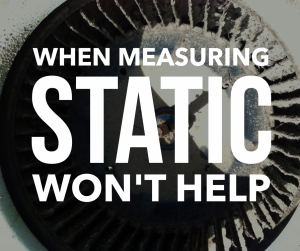
There is a big move in residential and light commercial HVAC toward measuring static pressure regularly during commissioning, service, and maintenance. Don't get me wrong… Measuring static pressure is VERY important. The challenge comes in when techs begin taking measurements without understanding where to take them, what they mean, or worse: they use measurements as […]
Read more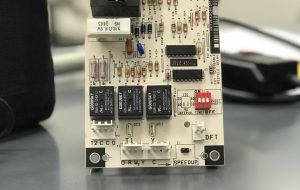
If you are used to simple, straight-cool split systems, you know that the low voltage to the outdoor unit is usually VERY simple. In many cases, there's just a Y (contactor power) and a C (common) connected to the outdoor unit. When the condensing unit controls are strictly two-wire low voltage, there is no continuous […]
Read more
All fuel-burning appliances require oxygen to burn. They require sufficient oxygen to burn clean and safely, without soot and CO (carbon monoxide). I live and work in Florida, where most of our fuel-burning appliances are 80% efficient with open combustion. (You can learn more about the basics of combustion on a podcast with Benoit Mongeau.) […]
Read more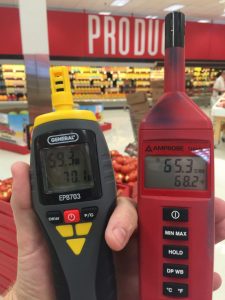
I knew a tech when I was just starting who was hands down, no questions asked, the best technician at the company I worked. EVERYONE, we are talking over 60 techs… we all knew it. His name was Mike Gilford. Being the little brown-nosing ladder climber I was, I made a complete study of Mike […]
Read more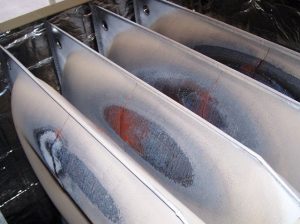
There are two camps I've run into regarding cracked heat exchanger diagnosis. There are those who look for it everywhere and those who dismiss it and never look. I will start by saying that everything I write here is my own opinion and experience. Because this is such a hot-button topic, don't take my word […]
Read more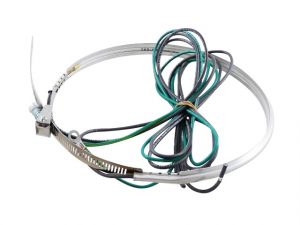
Belly band crankcase heater When I first started in the trade as an apprentice, we worked on many Trane heat pumps that used crankcase heaters. These crankcase heaters slid into the compressor sump on the big orange Tyler reciprocating compressors. They looked like the one in the picture below. It was very common for these […]
Read more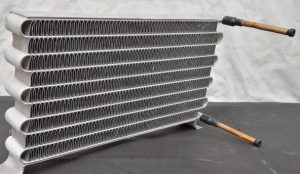
Microchannel is a coil type used in many evaporator and condenser coils. You can easily identify it by its flat tubes, and its fins look like waves between the tubes. The technology was developed for use in the automotive industry and is used for radiators and automotive A/C condenser coils. These coils are made of […]
Read more
We've all heard some version of the phrase “heat rises,” but is that really true? First, we need to remember that heat is energy, not matter. Heat is a force, not a thing. So, while heat may result in changes to matter (stuff), it isn't matter itself. When we add heat to stuff, the molecules […]
Read more





